|
German mandolin building: An introduction.
|
|
Central Europe is exposed to the
westerlies of the North Atlantic Drift, which means that Germany is in the
path of winds that blow over the Atlantic ocean and bring relatively warm
and humid air masses onto the continent. As a consequence, maritime
climate influences prevail. This means that extremes in rainfall and
temperatures are rare. It is more typically
exposed to more moderate conditions. Precipitation is evenly
distributed over the year, with an average rainfall of about 500 - 700 mm
per year in the Northern Lowlands. In the Central Uplands they may get as
much as 1000 - 1500 mm in the higher lying areas, and in the Alps
they can reach more than 2000 mm. As a general observation it can be said
that precipitation diminishes west to east, where the climate becomes
gradually more continental.
Mean temperatures in January are generally below zero in the eastern parts
of the Northern Lowlands, whereas in the western parts they stay above.
Due to higher altitudes in the south, Bavaria and the alpine region have
the lowest mean temperatures during the winter, but even there they will
not fall much below -5 degrees Celsius. Extreme
drops are seldom but may occur. The historical importance of the forests
can be seen from the frequent use of the suffix -"wald"
(means forest) in place-names,
e.g. Schwarzwald (black forest), Bayerischer Wald (Bavarian forest),
Th�ringer Wald (Thuringian forest) and many others. This 'even'
temperature, facilitates the slow growth of straight, close-grained,
pines, and hence the location of the instrument-making industry.
|

|
|

|
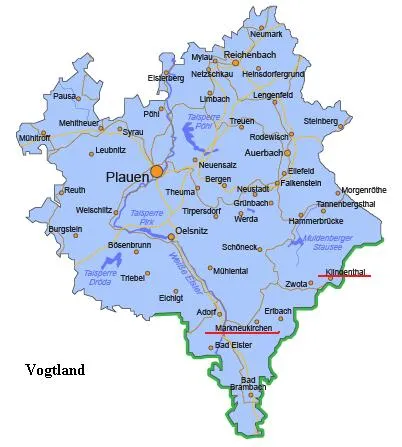
|
|
Germany
|
|
Saxony
|
|
A surprising fact is that
Germany, despite its high population density,
still has 29% of its land mass covered by woods and forests. It is probably for these
climatic and geographical reasons, that during the last
century, the European country most famous for producing mandolins
after Italy, was Germany. During the period of the existence of E. Germany, there was practically a factory-scale production of instruments
around Markneukirchen in Saxony. Sadly, due to the principles of the
regime, individual luthiers, some of
whom were excellent, were prohibited from putting their names in their
creations. Thus there are many German mandolins still in existence, and
amongst them, some of excellent quality made by master luthiers.
|
|
Famous Firms
|

|

|
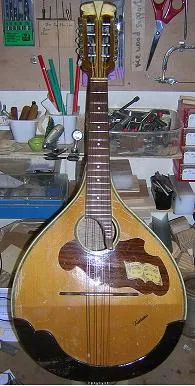
|

|
|
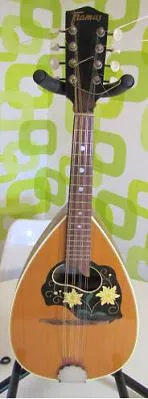
|
|
Herwiga: Wilhelm Herwig of Markneukirchen
According to German sources in 1890
Wilhelm Herwig founded a company, which consisted of the company Glaesel
and Herwig Markneukirchen. The company was called HERWIGA. It was a pure
publishing company. Herwig was a musician and merchant and used the
instruments of home workers, a practice typical of Markneukirchen at the
time. The trading company was taken over 1972 by MUSIMA.
|
Perlgold:
|
Kustema: Kurt Stengel of Markneukirchen
|
Musima:
is a brand name of musical instruments from the former GDR.
The brand name is an abbreviation of the manufacturing company, the former
VEB-Musima of Markneukirchen.
Musima
was founded in 1952 as a trust company with 20 employees.
|
Otwin: Otto Windisch founded the company in Schilback in 1886. His
brother Paul Windisch took over the ffirm in 1903, opening a factory in Schoeneck.
This site quickly became the main one, with a world-wide reputation. In
1973, the company was taken over by
VEB Sinfonia from Markneukirchen
.
|
Framus: fopunded
by Fred Wilfer and violin makers from Schonbach, in Erlangen, Bavaria, in 1946.
It went bankrupt in the late 70s, after being the biggest European guitar
makers in the 60s.
The
Company was relaunched in 1995.
|

|

|
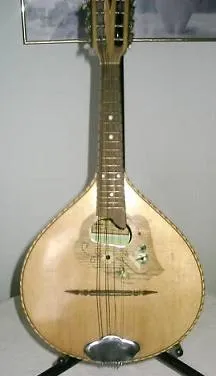
|

|
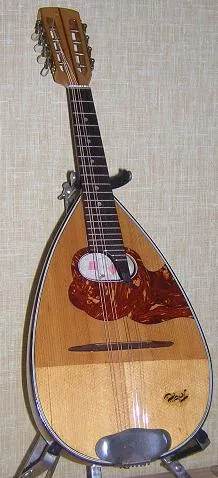
|
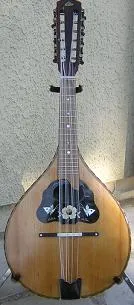
|
Gewa: the company was founded in 1925 by George Walther in Adorf.
|
Marcelli
|
Migma: this was originally a co-operative of musical instrument makers of
Markneukirchen founded in 1943. It still exists, and has connections with
many of the mastercraftsmen of the region.
|
Dofra:
the firm of Franz Dotzauer, 5 generations of
luthiers and still in business.
|
Hopf: violin makers for 300 years in Klingenthal,
the firm, C. Robert Hopf, was nationalized in 1972 becaming part
of the combined works �VEB Musikinstrumentenbau Markneukirchen'.
|
Arcus:
|

|
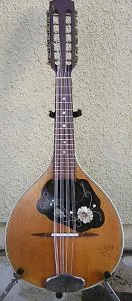
|
|
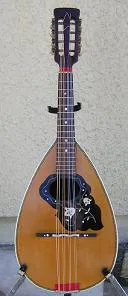
|
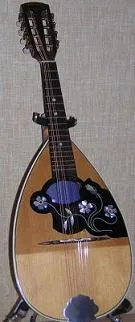
|

|
Goldklang:
label used by the company F. & R. Enders (Friedrich and Reinhard Enders)
in 1920s at Erlbacher Str. 796 (now 48), in Mark Neukirchen. Later may
have been used again by other companies.
|
Edelklang:
sold by Johannes Adler but thought to have been made by Otto Windisch.
|
Dreima:
There
was in the 1930s, a company in Mark Neukirchen, called 'A. E.
Dreier', hence Dreima. It
was a musical instrument components factory,
mading tailpiece, fretwire, etc. Instruments
were not made. These components were sold to various instrument makers, in Mark Neukirchen.
|
Glockenruff:
|
Ernst Hess:
|
Meinel and Herold:
|
|
|
|
|
|
|
|
|
|
|
|
|
|
|